Search
Search Results
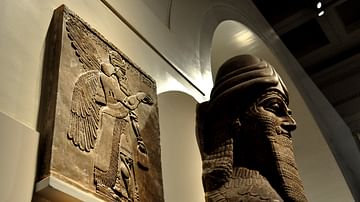
Article
Wall Reliefs: Apkallus of the North-West Palace at Nimrud
Religion is the sigh of the oppressed creature, the heart of a heartless world, and the soul of soulless conditions. It is the opium of the people. (Karl Marx, Critique of Hegel's Philosophy of Right). When it comes to religion...
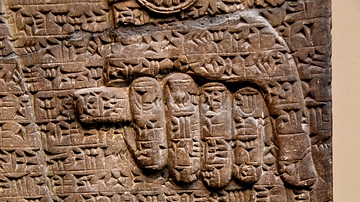
Image
Flowering Branch Held by an Apkallu, Door C
Alabaster bas-relief detail showing an Apkallu holding a flowering branch. Neo-Assyrian Period, 865-860 BCE. Detail of Panel at Door C (number 2), Room S, the North-West Palace at Nimrud, modern-day Iraq. (The British Museum, London)
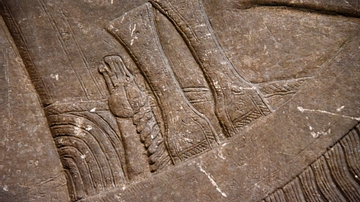
Image
Apkallu's Daggers, Door C
Alabaster bas-relief detail showing the daggers of an Apkallu. Neo-Assyrian Period, 865-860 BCE. Detail of Panel at Door C (number 2), Room S, the North-West Palace at Nimrud, modern-day Iraq. (The British Museum, London)
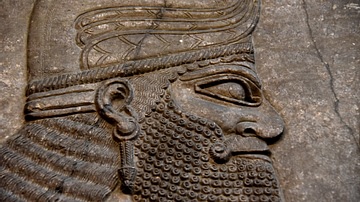
Image
Apkallu, Panel of Door C, Nimrud
Alabaster bas-relief detail showing the head of an Apkalllu, a protective spirit. Neo-Assyrian Period, 865-860 BCE. Detail of Panel at Door C (number 2), Room S, the North-West Palace at Nimrud, modern-day Iraq. (The British Museum, London)
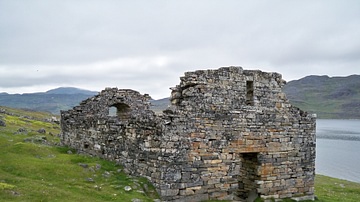
Image
Hvalsey Church, Greenland
Remains of Hvalsey church, a Viking church that was part of the Vikings' Eastern Settlement in Greenland (occupied c. 985-1450 CE). The church lies near present-day Qaqortoq. A young couple was wedded at this church in 1408 CE, and a letter...
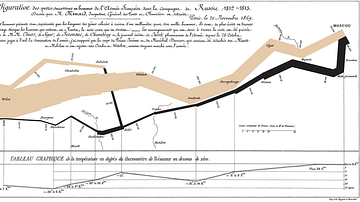
Image
Chart Showing the Number of Men in Napoleon's Russian Campaign of 1812
Charles Minard's famous 1869 chart detailing the number of men in Napoleon's Grande Armée during his 1812 invasion of Russia; the tan represents the men who invaded Russia itself, while the black represents the retreat from Moscow. The way...
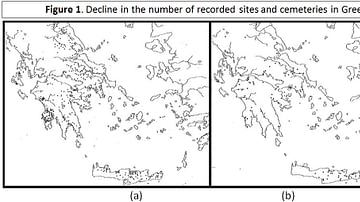
Image
Figure 1 - Decline in the number of recorded sites and cemeteries in Greece
Recorded sites and cemeteries in Greece. (a) LH IIIB period , shows a total of 628 sites and cemeteries. (b) LH IIIC period, shows a total of 147, a reduction of slightly over 75% in the number of recorded sites and cemeteries. (Source...
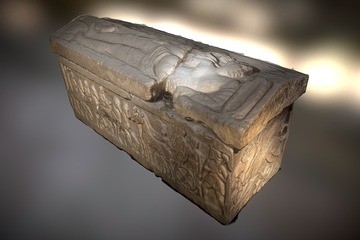
3D Image
Etruscan Sarcophagus (number 8)
Etruscan sarcophagus (number 8), Italy, 7th century BCE, Nye Carlsberg Glyptotek (Copenhagen, Denmark). Made with Memento Beta (now ReMake) from AutoDesk. A winged woman lies on the lid. The divine Status of the figure is suggested by...
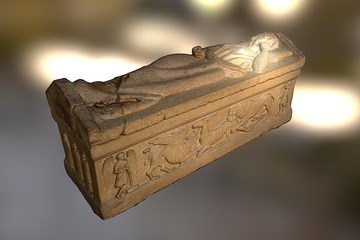
3D Image
Etruscan Sarcophagus (number 9)
Etruscan tomb (number 9), Ny Carlsberg Glyptotek (Copenhagen, Denmark). Made with Memento Beta (now ReMake) from AutoDesk. A woman lies as though asleep. She holds a pomegranate, the symbol of new life. On the front, a stag is being devoured...
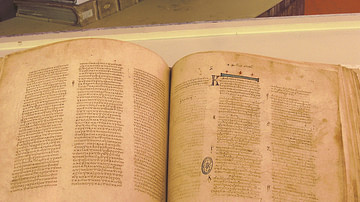
Article
New Testament Text-Types
The books of the New Testament were written in the 1st century CE. As Christianity spread in the 2nd century CE, many copies were made, some by non-professionals. Early manuscripts are considered to be closer to the original than later manuscripts...